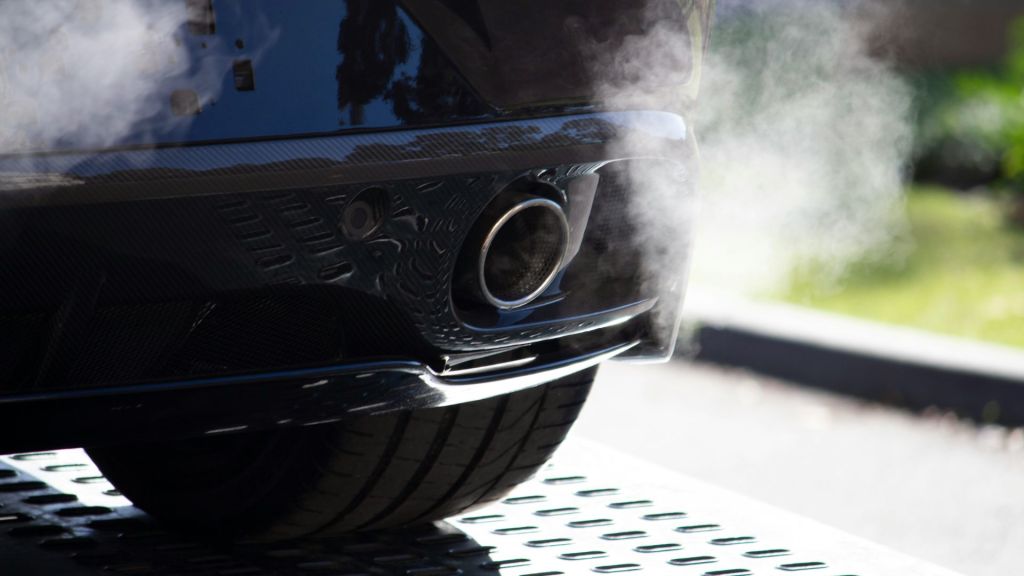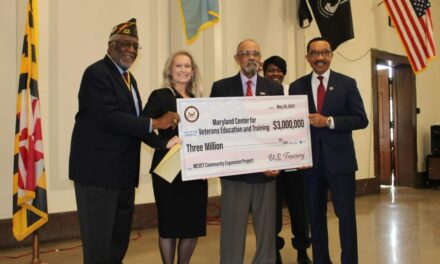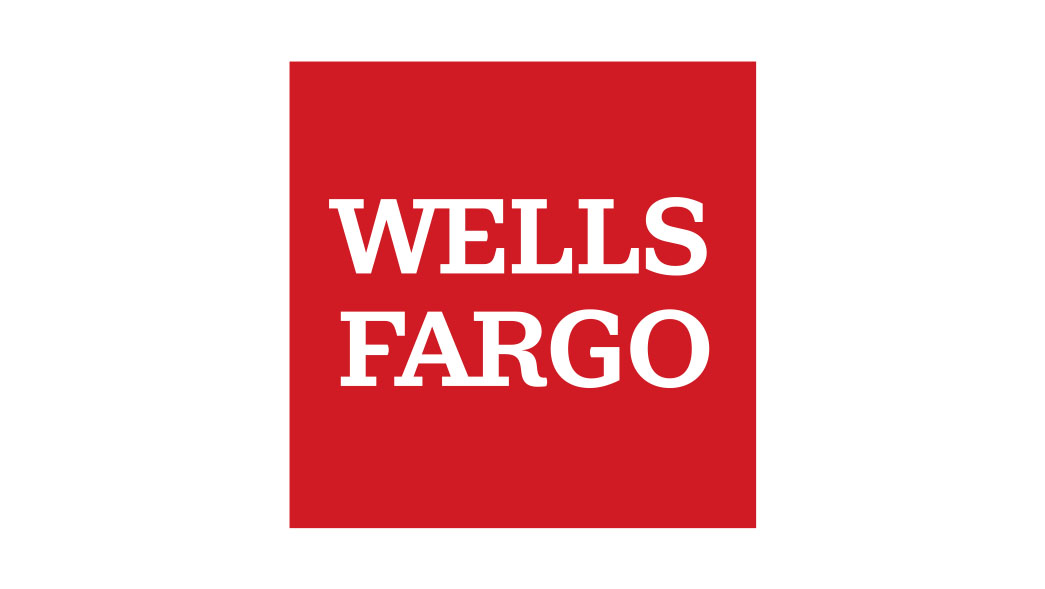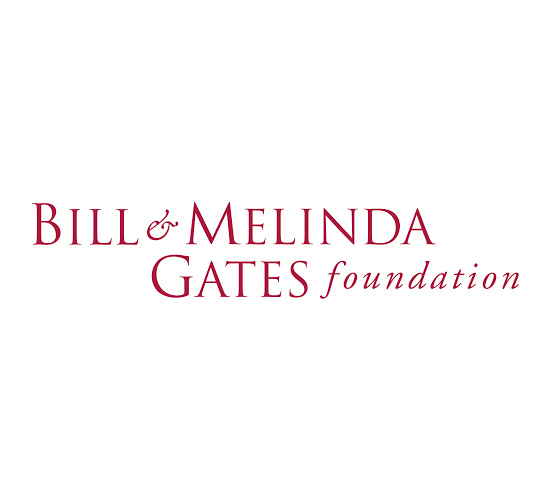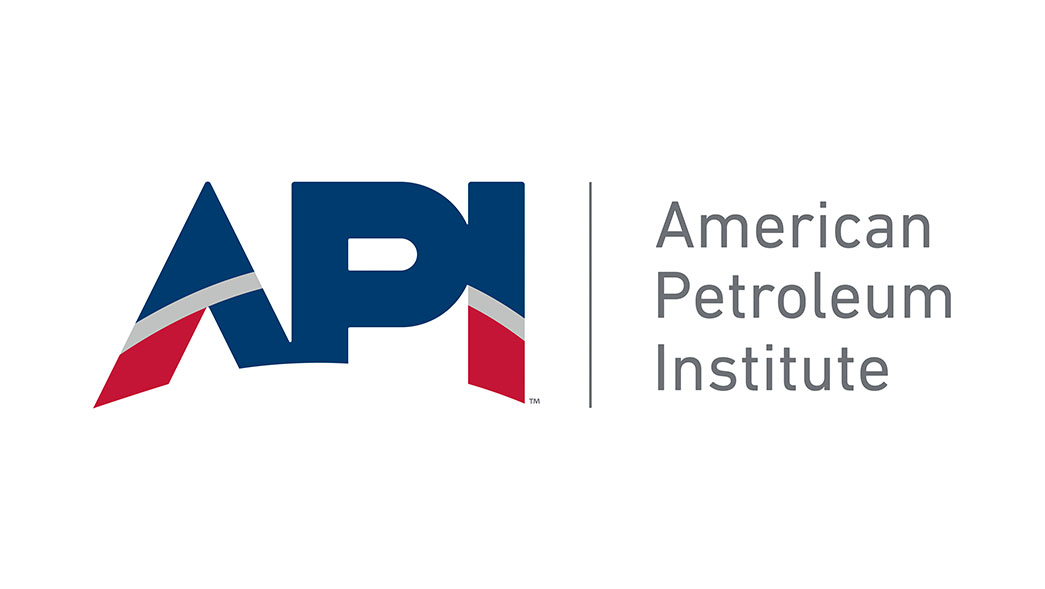By Willy Blackmore
Word In Black
When nominating former Congressman Lee Zeldin to lead the Environmental Protection Agency in November 2024, the 47th president of the United States said he would quickly deregulate American industry while “maintaining the highest environmental standards, including the cleanest air and water on the planet.” And so, naturally, he kicked off his presidency with a flurry of executive orders that rolled back environmental regulations.

Photo: Unsplash/ Matt Boitor
None of the rollbacks are good news for anyone but the oil and gas industries. And on the clean air front, in the coming weeks, we should expect the Trump administration to challenge the elimination of cancer-causing formaldehyde.
In early January, the Biden Administration’s EPA released a report on formaldehyde, finding that the very common chemical — found in everything from embalming fluid to hair relaxers to car exhaust — is an “unreasonable risk” to public health.
That designation is often a precursor to strict new regulations, if not an outright ban. Addressing the formaldehyde risk effectively will not only require regulating industry, but also addressing communities where the risk is the highest — namely, urban Black and Brown neighborhoods.
The EPA report was published after a ProPublica investigation found that more cancer cases are caused by exposure to formaldehyde than any other air pollutant.
“The public health risks from formaldehyde are greater and more prevalent than widely understood,” according to the ProPublica story. While the EPA says that formaldehyde caused 20 cases of cancer for every 1 million Americans, the investigation found that the agency did not include its own scientists’ risk calculations for myeloid leukemia, a potentially fatal blood cancer linked to formaldehyde exposure. With that risk included, the cancer incidents from formaldehyde exposure jump to 77 cases for every 1 million people.
While formaldehyde naturally occurs in lumber — and construction materials, furniture, and other wood-based materials can release the chemical into indoor air, where concentrations are often the highest — it is found in outdoor air, too. And the highest levels of formaldehyde in outdoor air are found in urban environments, where car exhaust, factories and power plants contribute to emissions.
The Centers for Disease Control and Prevention puts indoor levels at between 0.02 parts per million and 4 pm, with the outdoor urban air at 0.001 to 0.02 ppm. In other words, being outside in a city can mean continuing to get a “low” level of indoor exposure even with the fresh air.
In parts of the country where there are both lots of heavy industry and significant Black populations, like southeast Texas, this plays out in a familiar way: Black neighborhoods (as well as Latinx and Asian communities) are exposed to higher levels of formaldehyde than the local average, while White communities have below-average emissions.
A study published last year in the journal American Chemical Society looked at racial disparities in formaldehyde exposures in and around Beaumont, Texas. The city, just east of Houston, is nearly half Black, and is home to an ExxonMobil refinery, as well as other petrochemical facilities. The researchers found that Black residents in Beaumont had 7 percent higher concentrations — with 44 percent of formaldehyde emissions coming from petroleum and other industrial sources — while White residents “were exposed to below average HCHO concentrations in all domains because their homes were located further from primary HCHO emission sources.”
But despite what Trump may say about clean air, he has a track record from his first term as president, when formaldehyde regulation also came up as an issue at the EPA. What transpired doesn’t exactly inspire confidence.
In 2018, the agency’s deputy assistant administrator for research and development was David Dunlap, who had previously worked for Koch Industries. In his role at EPA, Dunlap worked on risk assessments for toxic chemicals, but had said on multiple occasions that he would recuse himself from working on the formaldehyde assessment because his former employer is one of the leading producers of the chemical.
But records made available by the Freedom of Information Act show that Dunlap only stepped away from that assessment after working on it in at least two instances — and on the day he signed his recusal documents, the agency killed the formaldehyde risk assessment altogether.
This article was originally published by Word In Black.

The post If you think some of America’s leaders are fine with people inhaling formaldehyde– you could be right appeared first on AFRO American Newspapers.

